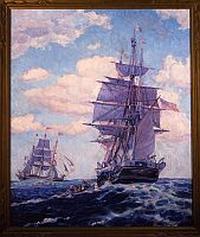 Happy Thanksgiving to those on this side of the pond and below the 49th parallel. (The Canadians celebrated the holiday in October.)
Happy Thanksgiving to those on this side of the pond and below the 49th parallel. (The Canadians celebrated the holiday in October.)
What do whaling ships, a child’s nursery rhyme, a female magazine editor, and Abraham Lincoln have to do with Thanksgiving? An updated repost.
Until the Civil War, Thanksgiving was a sporadically celebrated regional holiday. Today, Thanksgiving is one of the central creation myths of the founding of the United States, although not universally admired. The story is based on an account of a one-time feast of thanksgiving in the Plymouth colony of Massachusetts during a period of atypically good relations with local tribes.
The actual history of what happened in 1621 bears little resemblance to what most Americans are taught in grade school, historians say. There was likely no turkey served. There were no feathered headdresses worn. And, initially, there was no effort by the Pilgrims to invite the local Native American tribe to the feast they’d made possible.
Thanksgiving only became a national holiday in 1863. Before the celebration spread across the country, Thanksgiving was most popular in New England. On 19th-century American whaling ships, which sailed from New England ports, they celebrated only the Fourth of July, Thanksgiving, and Christmas. Of the three holidays, Thanksgiving may have been the most popular. On Norfolk Island in the Pacific, they also celebrate Thanksgiving, the holiday brought to the island by visiting American whaling ships.
Continue reading →
 Yesterday, the World Cruising Club (WCC) released a statement regarding a Swedish sailor lost overboard in the mid-Atlantic from the Volvo 70 racing yacht Ocean Breeze on Monday while sailing with the Atlantic Rally for Cruisers (ARC).
Yesterday, the World Cruising Club (WCC) released a statement regarding a Swedish sailor lost overboard in the mid-Atlantic from the Volvo 70 racing yacht Ocean Breeze on Monday while sailing with the Atlantic Rally for Cruisers (ARC).
 Here is yet another story to remind us how little we understand about orcas, also known as killer whales. We are still scratching our heads over why
Here is yet another story to remind us how little we understand about orcas, also known as killer whales. We are still scratching our heads over why  Happy Thanksgiving to those on this side of the pond and below the 49th parallel. (The Canadians celebrated the holiday in October.)
Happy Thanksgiving to those on this side of the pond and below the 49th parallel. (The Canadians celebrated the holiday in October.)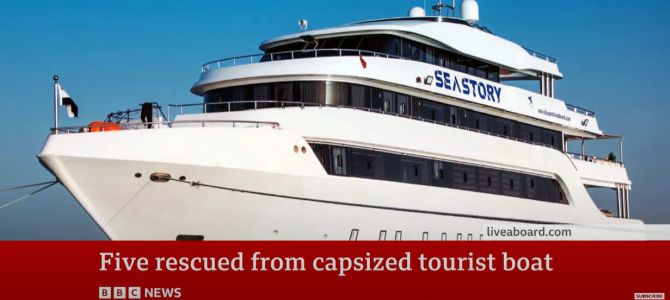 After the Egyptian liveaboard dive boat,
After the Egyptian liveaboard dive boat,  Good news for change. On Sunday, a
Good news for change. On Sunday, a  The
The 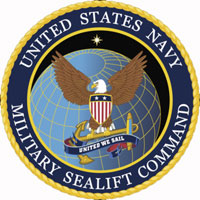 The
The  The Pacific island nation of
The Pacific island nation of  We
We 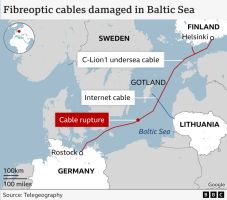 Early Monday morning, a 1,170km (730-mile) telecommunications cable in the Baltic Sea between Finland and Germany was severed, while a 218km internet link between Lithuania and Sweden’s Gotland Island stopped working on Sunday.
Early Monday morning, a 1,170km (730-mile) telecommunications cable in the Baltic Sea between Finland and Germany was severed, while a 218km internet link between Lithuania and Sweden’s Gotland Island stopped working on Sunday.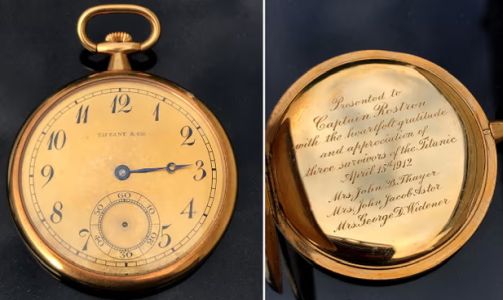 An interesting story from the
An interesting story from the 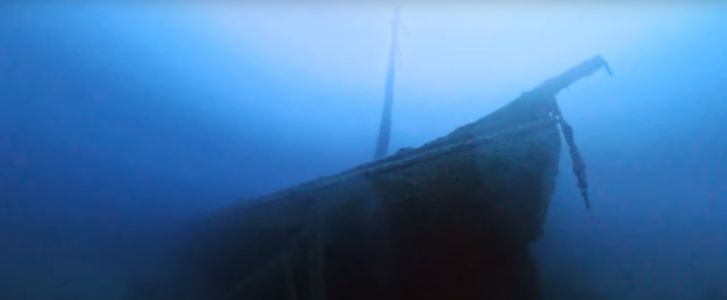 In November 1878, the wooden schooner
In November 1878, the wooden schooner  On the chart, it was marked as a shipwreck in the Pacific Ocean near the Solomon Islands, but when scientists and filmmakers from the
On the chart, it was marked as a shipwreck in the Pacific Ocean near the Solomon Islands, but when scientists and filmmakers from the 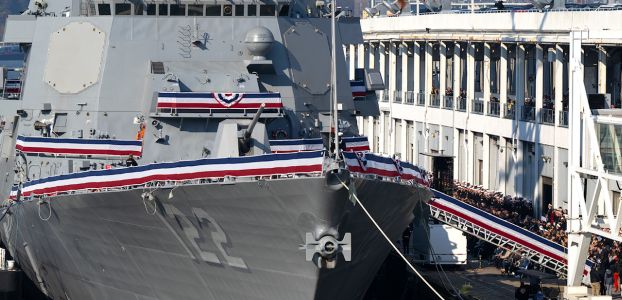 Last Saturday morning at Pier 88 on the Hudson River, the US Navy commissioned its newest destroyer,
Last Saturday morning at Pier 88 on the Hudson River, the US Navy commissioned its newest destroyer, 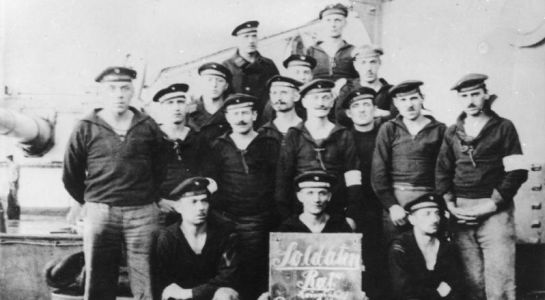
 In 1964, pop-artist Andy Warhol shocked the art world by making hundreds of replicas of supermarket cartons and presenting them as art. He painted screenprints of soup cans, then sculptures of packaging for Kellogg’s cornflakes and Heinz ketchup. Among the most notorious were his sculptures of
In 1964, pop-artist Andy Warhol shocked the art world by making hundreds of replicas of supermarket cartons and presenting them as art. He painted screenprints of soup cans, then sculptures of packaging for Kellogg’s cornflakes and Heinz ketchup. Among the most notorious were his sculptures of 
 A sad account that reinforces an old lesson, while also highlighting an unexpected risk of social media.
A sad account that reinforces an old lesson, while also highlighting an unexpected risk of social media. 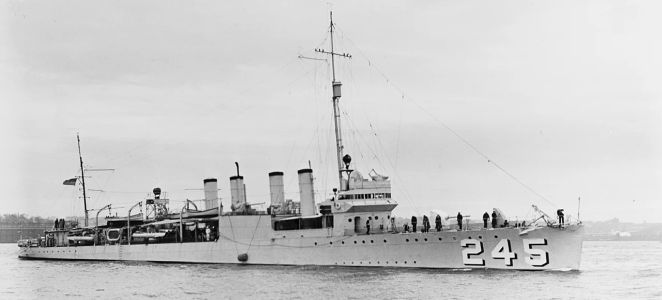 The first American naval ship lost in World War II was not sunk in the attack on Pearl Harbor on December 7th, 1941. Over a month before, on October 31, 1941, the destroyer
The first American naval ship lost in World War II was not sunk in the attack on Pearl Harbor on December 7th, 1941. Over a month before, on October 31, 1941, the destroyer 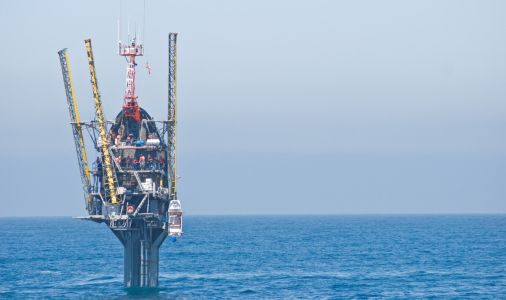 In August of last year, we bade a sad farewell to the
In August of last year, we bade a sad farewell to the